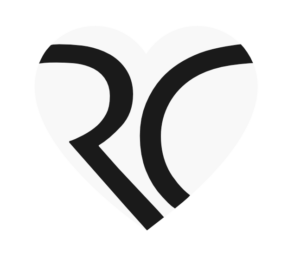Update August 2020
The following gives a synopsis of Reiki’s history and the emergence of reiki-conciliation.
Up front: we have re-launched this website to give an encompassing impression of our activities. This video gives an overview.
Subtitles in: French, German, Portuguese, Russian, Spanish
Japan – Hawaii – the globe
On 14th December 1980 Hawayo Takata died. In the years after WW II she was single-handedly responsible for a transfer that took the healing and spiritual practice “Reiki” from the war torn Japanese culture to Hawaii and the Western world. Her teacher was Dr. Chujiro Hayashi (✝1940) who in turn was taught by Mikao Usui (✝1926) who is the founder of the practice.
It is Takata’s achievement that Reiki expanded over the years to become a global success. So much so that Reiki-“offspring” of hers brought Reiki back to Japan, giving cause to the renaissance of what is nowadays often referred to as “Japanese Reiki”. In this process, Western researchers unveiled evidence that brought clarity to Takata’s stories. The discovery of Usui’s memorial stone and the publication by Frank A. Petter in 1996 are of significant historic importance.
22 potential successors: polarization
In her final years Hawayo Takata taught 22 Reiki Masters. In 1981 there was a dispute amongst them as to who would be Takata’s successor. Dr. Barbara Weber Ray claimed the throne but a majority recognised Taktata’s granddaughter as successor, Phyllis Lei Furumoto.
In the ’80s two organisations polarised the Reiki community: The Radiance Technique (originally AIRA) around Weber and the Alliance around Furumoto. This caused many Reiki practitioners to form their own associations and schools, thus fragmentising the scene. While Radiance and Alliance had a degree of structure, some of the uncontrolled proliferation threatened the reputation of Reiki.
The need for recognition of Reiki in institutions, academia and legislation became apparent. This preconditioned mutual recognition among the proponents and contradictory groups.
Common ground and a new spirit
Most Reiki people agree on a central characteristic of Reiki: its simplicity. This characteristic opened the door in many countries for Reiki. In 2004, in Germany, the constitutional court stated that Reiki therapists need no medical training and are permitted to practice professionally.
In India and South America, governments included “alternative” or “complementary” therapies as part of their National health systems … Reiki amongst them. In Australia Reiki had entered academia as part of professional education.
These developments paved the ground for representatives of varying Reiki-origins and convictions to start meeting in a new spirit of cooperation. In Germany, it gave birth to ProReiki, an association for professional Reiki practitioners and teachers that has found international recognition in the short period of its existence since 2010.
In 2014, Phyllis Furumoto became honory member of ProReiki. In her acceptance speech, she showed her openness towards different practices and an altogether conciliatory spirit. This was an inspirational moment for the making of Reconciliation.
Acknowledgement
Preconceived opinions and dissonances of past conflicts sometimes linger. My research for Reconciliation since summer 2015 has confirmed that some men and women in the modern unfolding of the Reiki history still harbour pain and unfulfilled longing for release of such remnants of the past. I would like to acknowledge these people here, in the hope that the work as presented on this site may bring answers and relief.
reiki-conciliation
Under this name all my endeavours in the pursuit of my vision are bundled. I sign solely responsible and am very grateful to my team and our sponsors. See about us & our vision.
